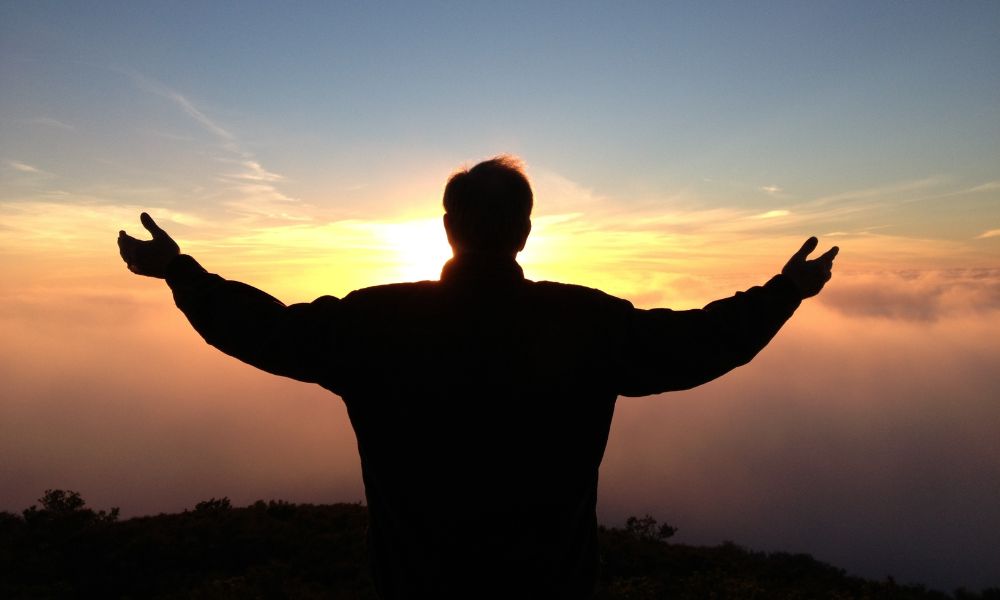
Christian pilgrimages have been an integral part of faith since time immemorial. These spiritual journeys not only represent a physical journey but also a profound quest for connection and spiritual renewal.
This guide explores five of the most important holy cities in Christianity: Jerusalem, Rome, Santiago de Compostela, Caravaca de la Cruz, and Santo Toribio de Liébana, offering a detailed guide for pilgrims seeking to immerse themselves in these sacred experiences.
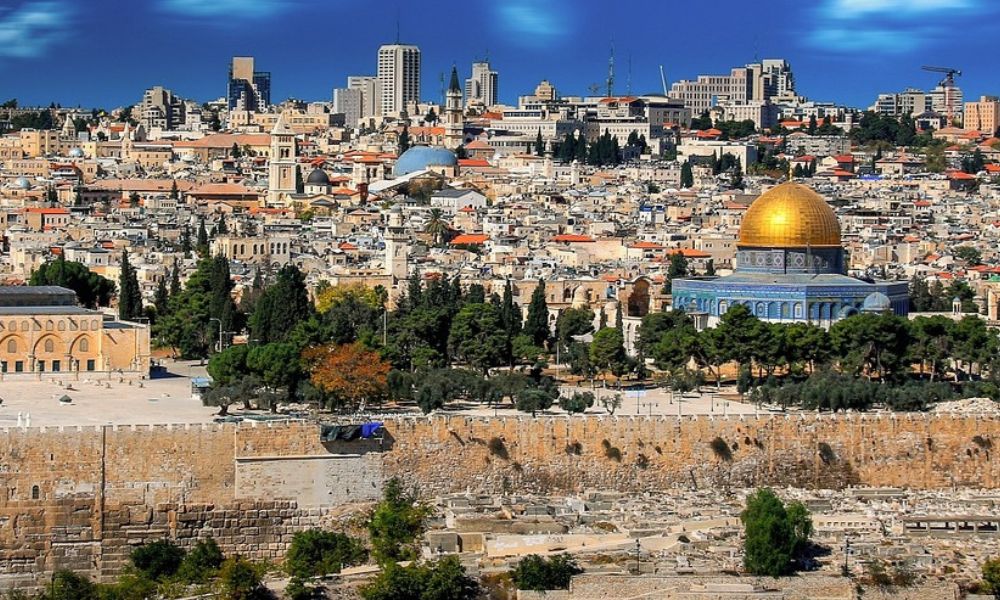
Jerusalem is a city sacred to the three major monotheistic religions: Christianity, Judaism, and Islam. For Christians, Jerusalem is the place where Jesus of Nazareth lived, preached, was crucified, and resurrected. The city has been a pilgrimage destination since the 4th century, when Emperor Constantine’s mother, Saint Helena, identified and promoted Christian holy sites.
The church was built in the 4th century and has been an important pilgrimage destination ever since. Inside the church, pilgrims can visit the Chapel of the Crucifixion, the Stone of Anointing, and the Empty Tomb.
Every Friday, Franciscans guide a procession along this route, allowing pilgrims to relive Jesus’ steps.
Participating in ceremonies and rites in Jerusalem offers pilgrims a unique spiritual experience. From daily masses at the Holy Sepulchre to vigils and processions during Holy Week, the city provides numerous opportunities to deepen one’s faith.
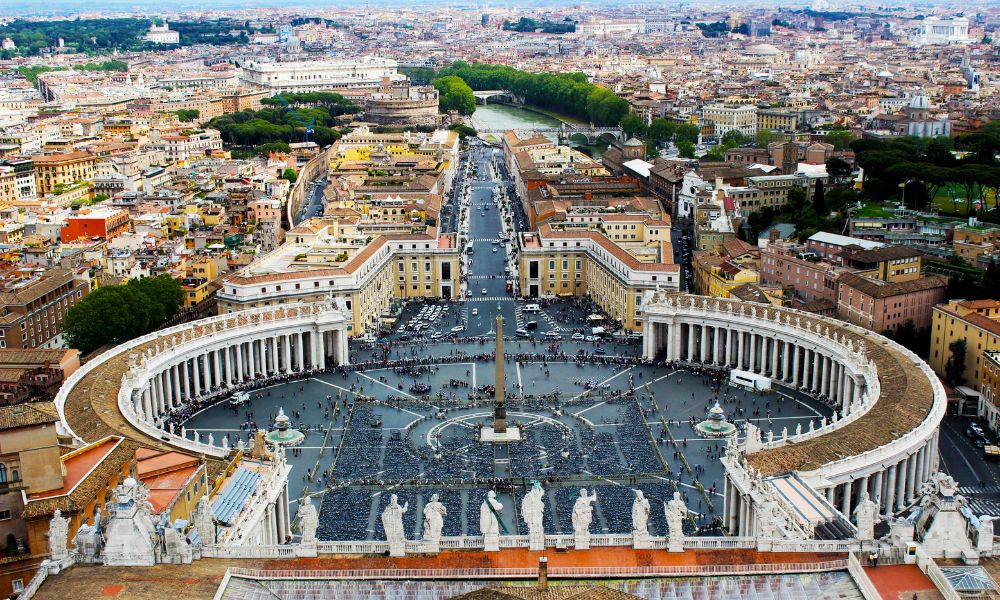
Rome, known as the Eternal City, is the spiritual center of Catholicism. The city hosts the Vatican, the seat of the Catholic Church and the Pope’s residence. From the times of the early Christians to the present day, the churches of Rome have been a beacon of faith and devotion, attracting millions of pilgrims annually.
Built over the tomb of St. Peter, one of Jesus’ apostles and the first Pope, it is an essential destination for pilgrims. Its impressive architecture, along with masterpieces like Michelangelo’s Pieta, make this church a place of deep spirituality and art.
Holy Week in Rome is a particularly significant period, with processions, solemn masses, and the Pope’s “Urbi et Orbi” blessing in St. Peter’s Square. Other important events include the Feast of Saints Peter and Paul on June 29, when the faithful celebrate Rome’s patron saints.
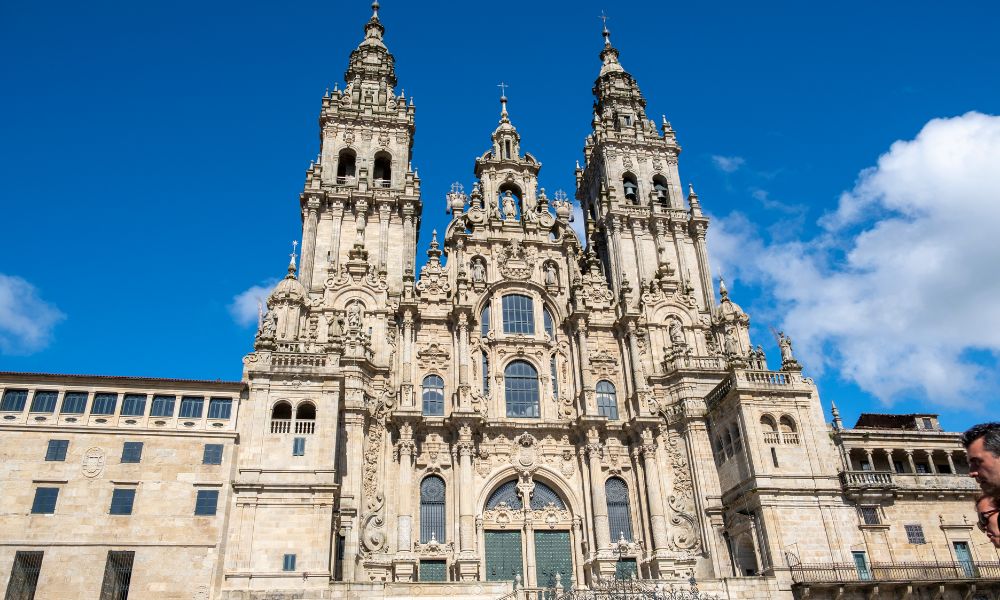
The Camino de Santiago is one of the oldest and most popular pilgrimage routes in the world. According to tradition, the remains of the apostle James the Greater were taken to Galicia, where the Cathedral of Santiago de Compostela was built. Since the Middle Ages, pilgrims have walked these paths in search of spiritual renewal and forgiveness of their sins.
The French Way is the most famous and traveled route, starting in Saint-Jean-Pied-de-Port, France, and crossing northern Spain to Santiago de Compostela. This approximately 800 km journey passes through historic cities such as Pamplona, Logroño, Burgos, and León, offering a rich blend of landscapes, culture, and spirituality.
In addition to the French Way, there are other significant routes such as:
Each route offers a unique experience, with different challenges and spiritual rewards.
Undertaking the Camino de Santiago requires careful preparation. Pilgrims should consider their physical condition, appropriate gear, and planning of stages. The effort is certainly worth it, as pilgrims often describe a profound personal and spiritual transformation, growing physically and mentally along the way.
For those planning to walk the Camino de Santiago, it is essential to prepare physically with regular walks and to carry light and suitable luggage. It is also recommended to research hostels and accommodation options and become familiar with the Camino’s signs and maps.
Additionally, carrying a pilgrim’s credential is useful, allowing pilgrims to stay in hostels and receive the Compostela upon reaching Santiago.
The Camino de Santiago is a transformative experience. Pilgrims experience moments of introspection, overcome physical challenges, and form bonds with other pilgrims from around the world. The arrival at the Cathedral of Santiago and participation in the Pilgrim’s Mass are culminating moments that celebrate the pilgrim’s achievement and devotion.
The Cathedral of Santiago de Compostela is the final destination of the Camino and one of the most sacred sites in Christianity. Built over the tomb of the apostle James, it is an architectural jewel that combines Romanesque, Gothic, and Baroque elements.
Pilgrims can participate in the Pilgrim’s Mass and perform the ritual of embracing the Apostle, a gesture of devotion and gratitude for having completed the way.
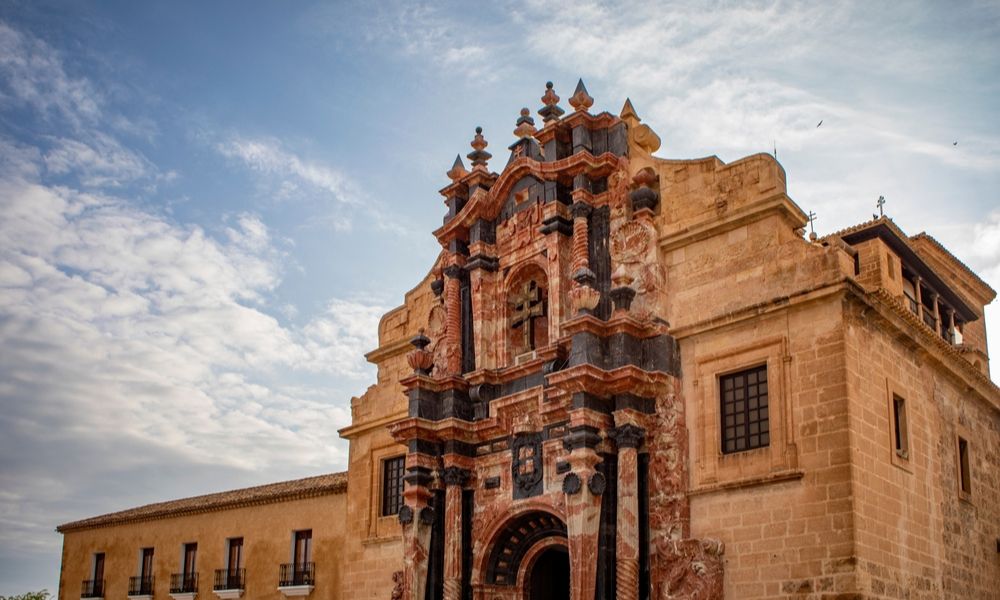
Caravaca de la Cruz, located in the region of Murcia, is one of the five holy cities of Christianity that holds the privilege of celebrating the Jubilee Year perpetually. Its importance lies in the presence of a relic of the True Cross, known as the Lignum Crucis, which according to tradition contains a fragment of the cross on which Jesus was crucified.
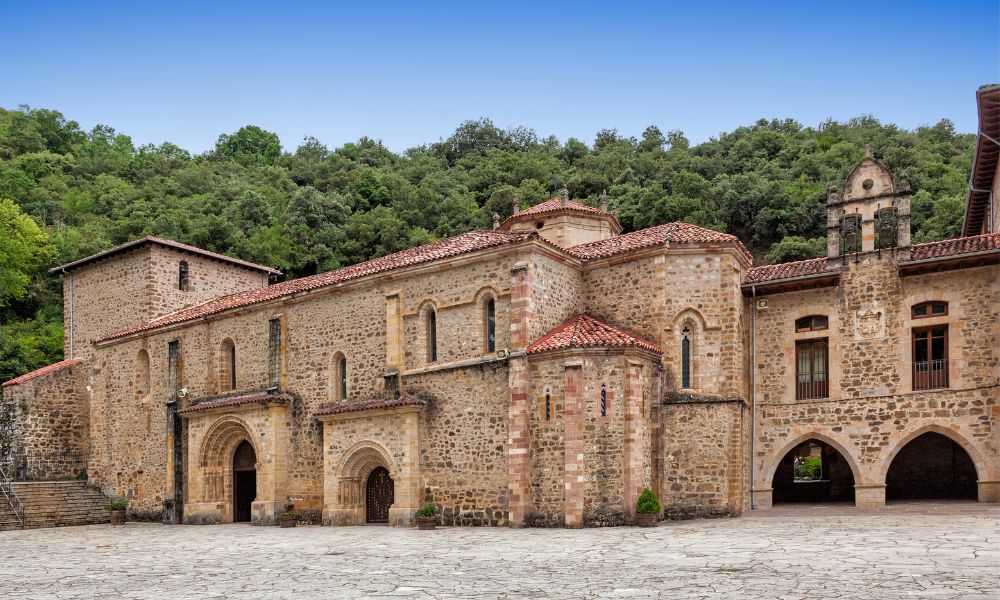
Santo Toribio de Liébana is a monastery located in Cantabria that also houses a relic of the Lignum Crucis. The monastery was founded in the 6th century and became an important pilgrimage center in the Middle Ages. The relic was brought by Saint Toribio, Bishop of Astorga, and has been venerated ever
since.
The Monastery of Santo Toribio de Liébana is a place of great beauty and spirituality. The monastery’s Romanesque church contains the Chapel of the Lignum Crucis, where the relic is kept. Pilgrims can participate in daily mass and other liturgical acts, as well as enjoy the tranquility and mountainous landscape surrounding the monastery.
The Lebaniego Way is a pilgrimage route that connects the Camino de Santiago with the Monastery of Santo Toribio. This approximately 72 km route starts in San Vicente de la Barquera and passes through beautiful natural landscapes and picturesque villages. Completing the Lebaniego Way allows pilgrims to obtain the “Lebaniega,” a certification similar to the Compostela.
The Lebaniego Jubilee Year is celebrated when April 16 falls on a Sunday, a privilege granted by Pope Julius II in 1512. During the Jubilee Year, pilgrims who visit the monastery and participate in the liturgical acts can receive the plenary indulgence. Celebrations include solemn masses, conferences, and cultural events, attracting thousands of faithful and tourists.
In addition to the most recognized cities in Christianity, there are other holy cities that also have profound spiritual significance and attract many pilgrims. Here is a list of some of these cities:
Pilgrimages to holy cities offer the faithful a unique opportunity to deepen their faith, connect with the history of Christianity, and experience personal spiritual growth. These journeys not only enrich the pilgrim’s life but also strengthen the global community of believers.
Pilgrimage is both an inner and outer journey, a process of discovery and renewal that transcends time and space. Whether walking the ancient paths of the Camino de Santiago, praying at the Holy Sepulchre in Jerusalem, or venerating the relics in Caravaca de la Cruz and Santo Toribio de Liébana, each pilgrim finds their own path to greater understanding and devotion.
We invite you to consider embarking on your own pilgrimage. No matter the distance or difficulties, the spiritual journey is always worth it. By following in the footsteps of so many who have come before, today’s pilgrims continue a tradition of faith, hope, and love that continues to shape the spirit of the world.
Stay Connected with WayHoly
Discover your perfect pilgrimage and be the first to know about new journeys. By subscribing to our newsletter, you’ll receive the latest updates on pilgrimages, exclusive offers, and spiritual resources to enrich your faith journey.
Don’t miss the opportunity to deepen your connection with God and lead others on their path to spiritual renewal. Join us today and become an instrument of His Will through WayHoly!
“To upload your pilgrimage, please choose one of our plans and create an account, or log in if you’re already a member. Join us in guiding others on their spiritual journey.”